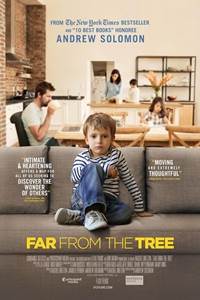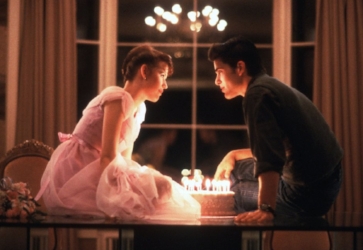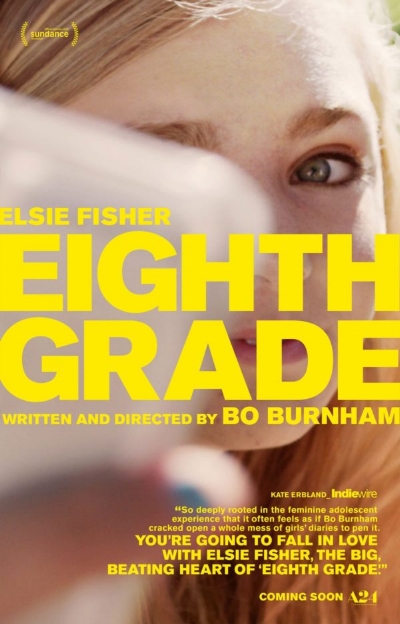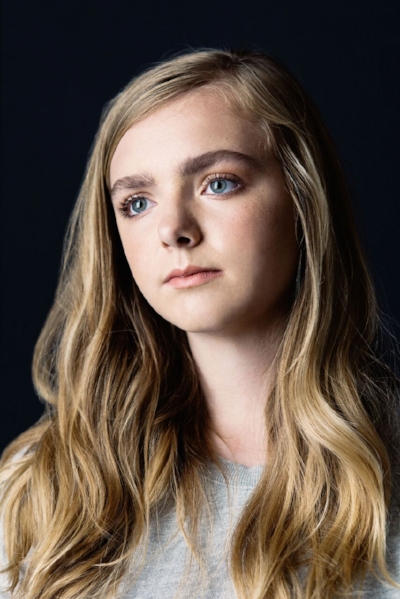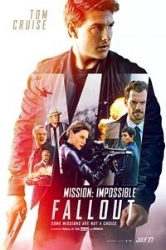Papillon
Directed by Michael Noer
Screenplay by Aaron Guzikowski
Based on Papillon and Banco by Henri Charriere & Papillon (1973) Screenplay by Dalton Trumbo and Lorenzo Semple Jr.
Starring Charlie Hunnam, Rami Malek, Eve Hewson, Tommy Flannagan, Roland Moller, Michael Socha, Yorik van Wangeningen
Escapist stories are one of the principal reasons why we go to movies. Whether it’s a Rom Com (check out Juliet, Naked this weekend) or a Marvel film (Black Panther is on home video and Avengers Infinity War as well as Ant-Man and the Wasp are winding down in theaters), or horror (I hear Slender Man is not worth the time) you’re sure to find something to suit your tastes.
However, few movies this summer will truly allow you to escape your everyday life as Michael Noer’s updated Papillon does.
Featuring Charlie Hunnam as Henri Chamiere, whose memoirs of his incarceration and his subsequent escape attempts from the French penal colony on Guyana are the basis of this modern adaptation. Steve McQueen played Chamiere in the Franklin J. Schaffner classic, which I sadly have not seen. Rami Malek (Mr. Robot, the upcoming Bohemian Rhapsody) plays a quirky counterfeiter, Louis Dega, a role originally played by Dustin Hoffman.
As the film opens, a freewheeling Chamiere struts through the swinging streets of Paris as he seeks the company of his girlfriend. He is a safecracker and knows how to get himself out of a jam. After he crosses a local enforcer, he is framed for a murder he didn’t commit. Through his incarceration, he meets Louis Dega, whom he offers to protect in exchange for helping him to arrange an escape.
Once they are on the penal colony, Chamiere spends more than 11 years attempting escape.
If you know anything about Chamiere, you know how the movie ends. But, I won’t spoil it for you here. That was a part of the pleasure of seeing Noer’s version: I didn’t know much about Chamiere nor did I know about his exploits.
Though Guzikowski’s adaptation runs a bit flat and seems repetitive, the energy from Hunnam and Malek is so palpable, that you could have cut it with a butter knife. Noer’s direction also helps, as the pacing doesn’t let up, allowing the tension to build: “will Chamiere escape?”
It’s very easy to see why this would have been a starring vehicle for Steve McQueen and why Hunnam was such a good choice for this role: Hunnam plays cool very well with a sophistication about him that doesn’t allow the audience to question his motives as a character. His need to escape, whether it’s from his own mind in solitary or protecting Dega in order to physically escape prison, you believe in Hunnam’s tenacity as the character.
Dega is very meek, almost as quiet as a church mouse. He knows how to get around, but he cannot handle himself and every other inmate is a threat to him. Malek’s understated approach to the character fits very well. He’s a thinker who can calculate his odds very quickly. Though he cannot handle himself, he understands the risks involved and is a good match for Chamiere.
The film is as visually exciting as the acting is. The theme of growth is a cornerstone to this story. Literally translated, papillon is French for ‘butterfly’. As we know, a butterfly does not start out as such, but as a caterpillar, slowly growing out of its larval stage, ready to spread its wings.
“Why the entomology lesson, Professor Ben?”
Chamiere’s imprisonment and his escape attempts represent the larval stages. He starts out as a caterpillar, unable to escape his fate. With each successive escape attempt, he becomes more emboldened. More importantly, he must escape psychologically.
Visually, Noer uses a gorgeous reproduction of the Moulin Rouge both in the beginning of the film and repeated again midway through the film. They represent the psychological and metaphorical transformation of the character.
I like what Michael Noer’s modern interpretation of this classic represents and the time in which it is being served up to audiences. Though this story may have some flaws about it, Michael Noer has a steady hand about his direction. Some may still prefer the McQueen classic, Hunnam is no slouch and neither is Malek. Together, they make for a very intelligent pair.
Papillon is great escapist fare and should be enjoyed on a big screen near you.
3 out of 4











